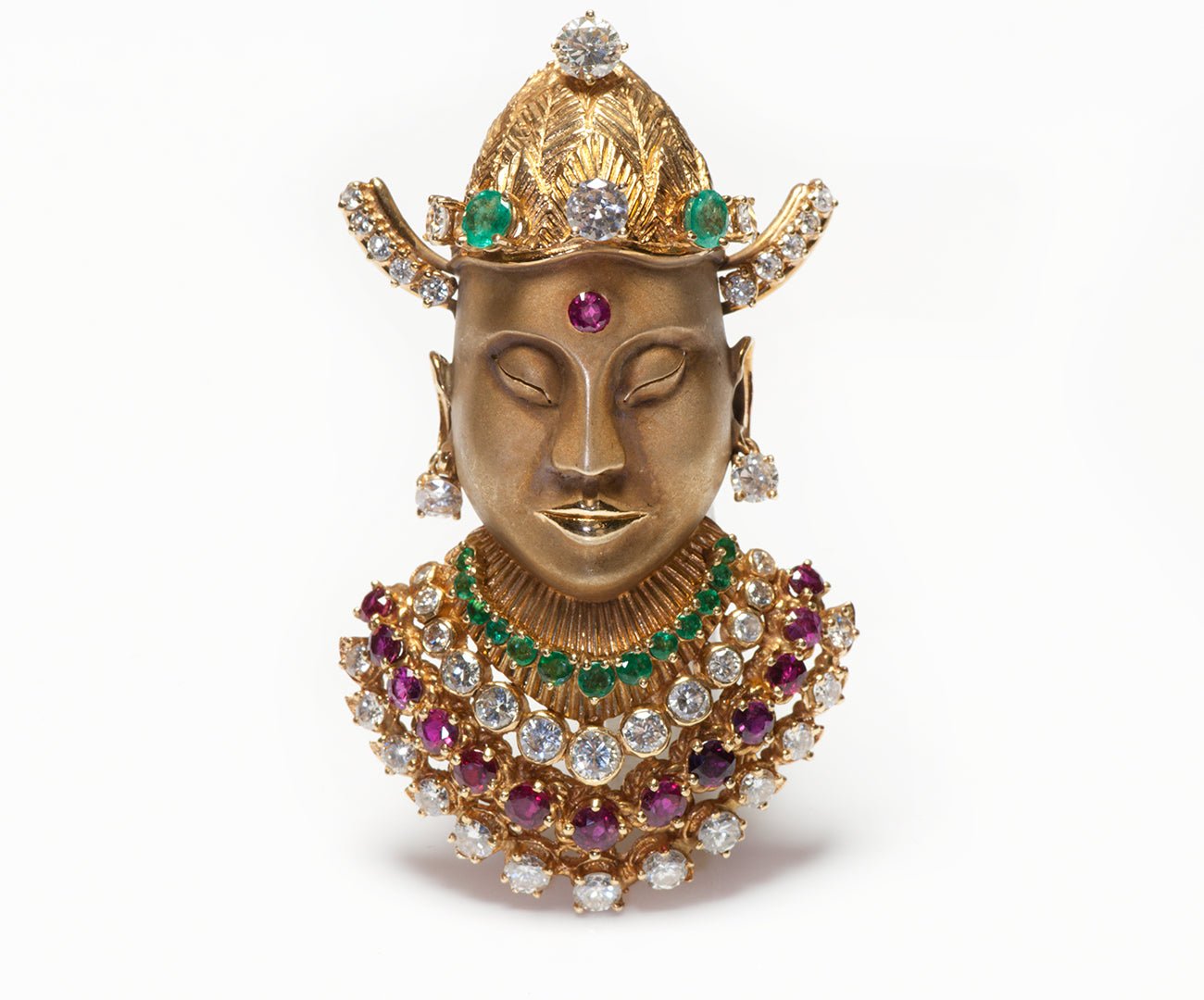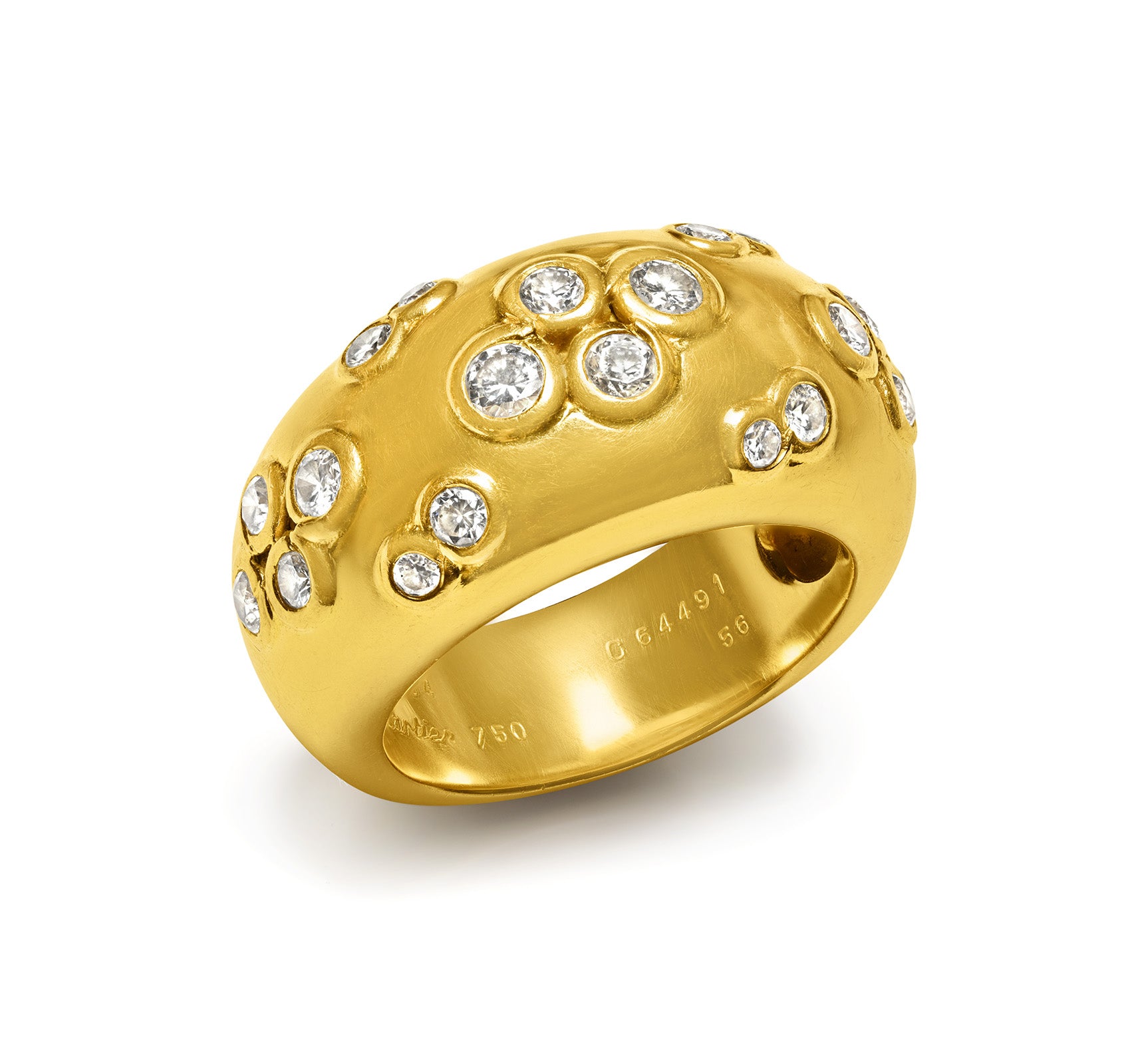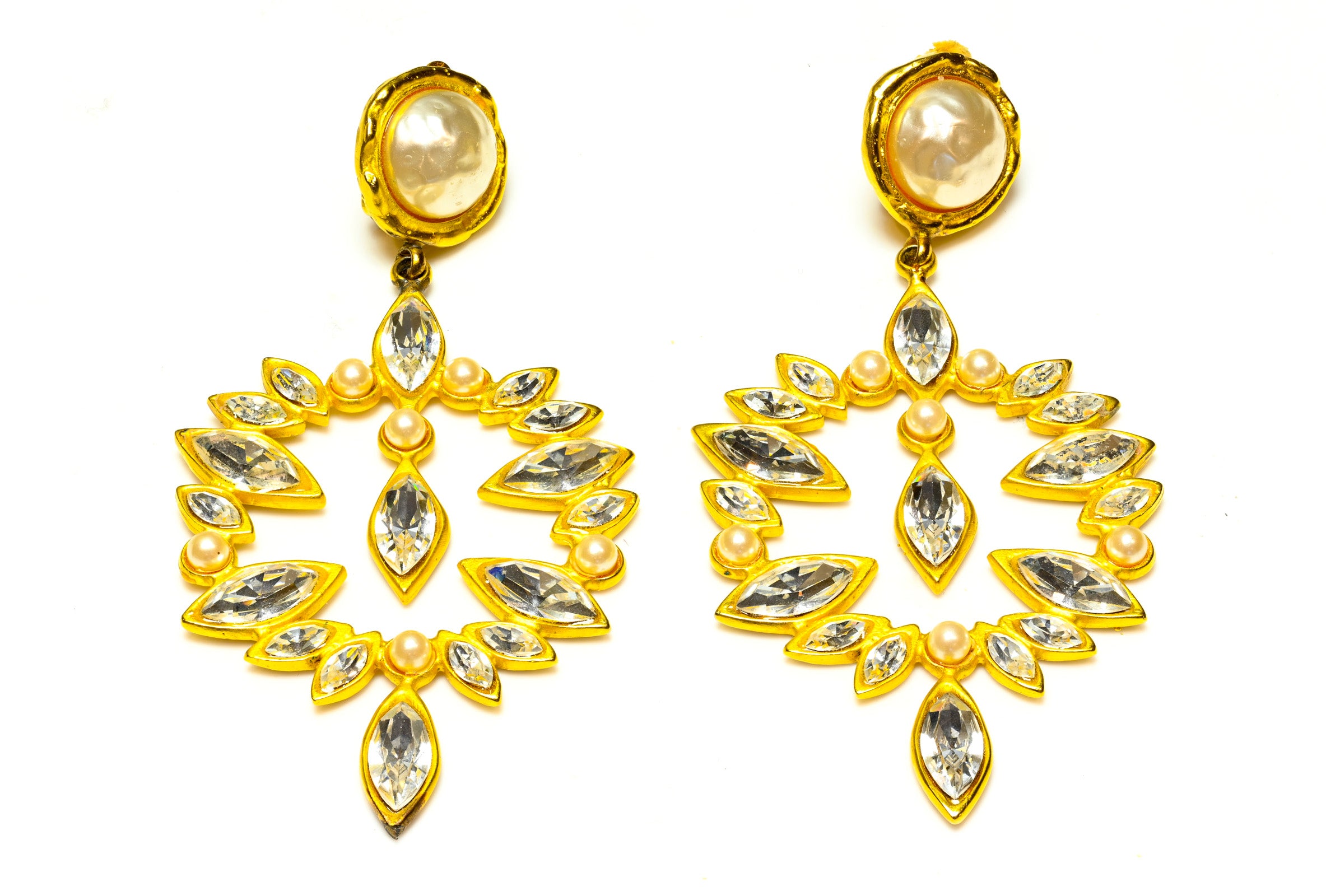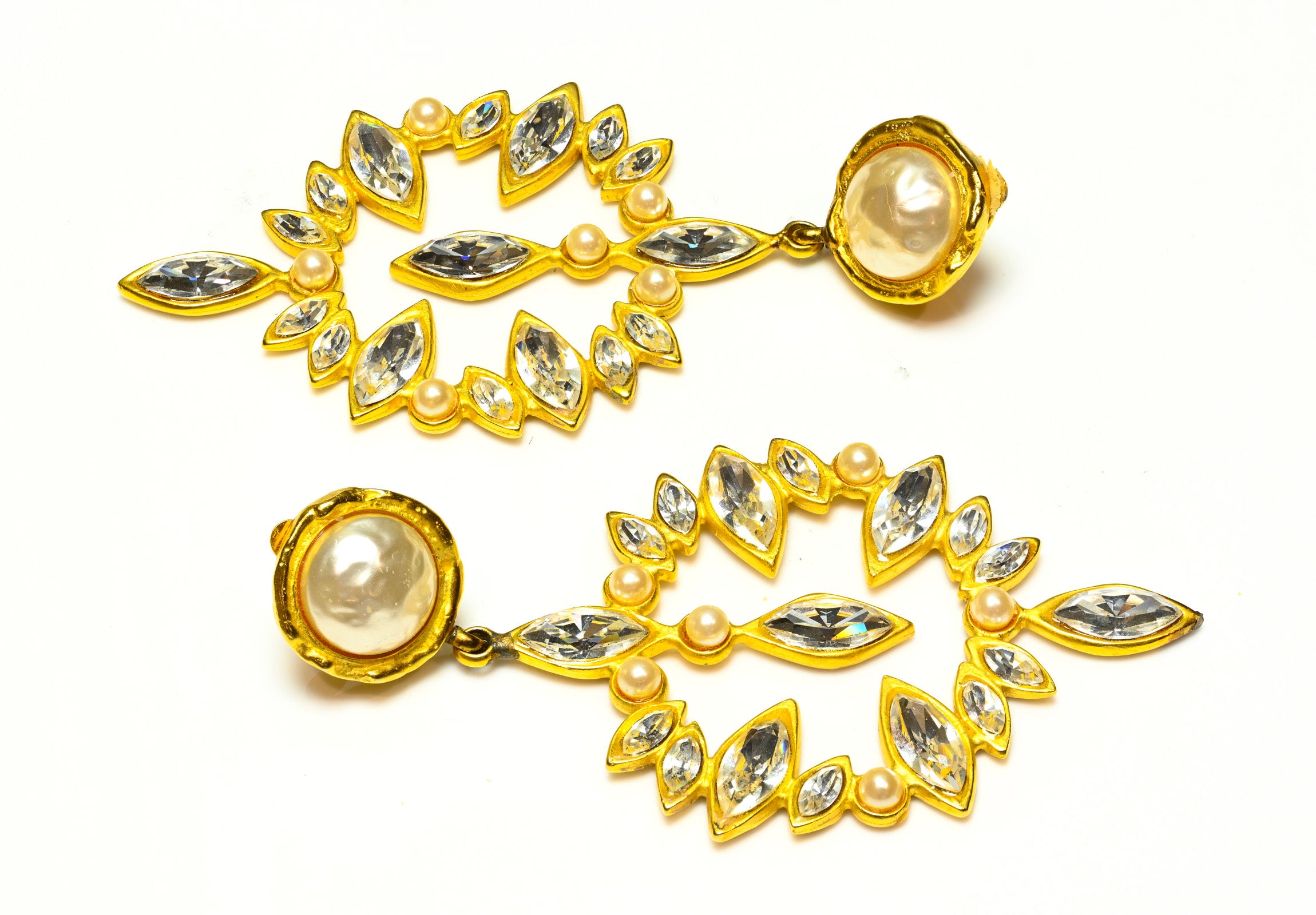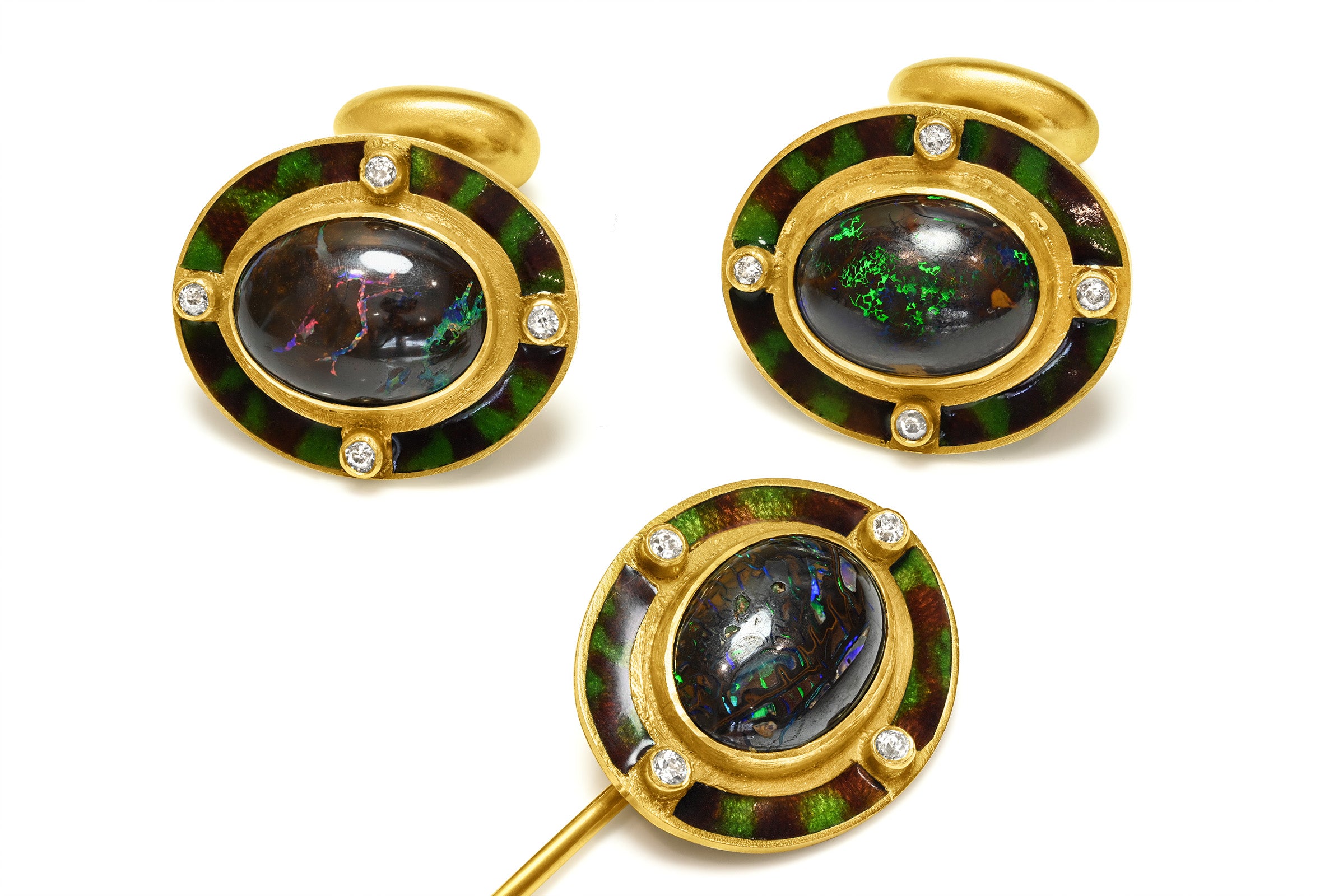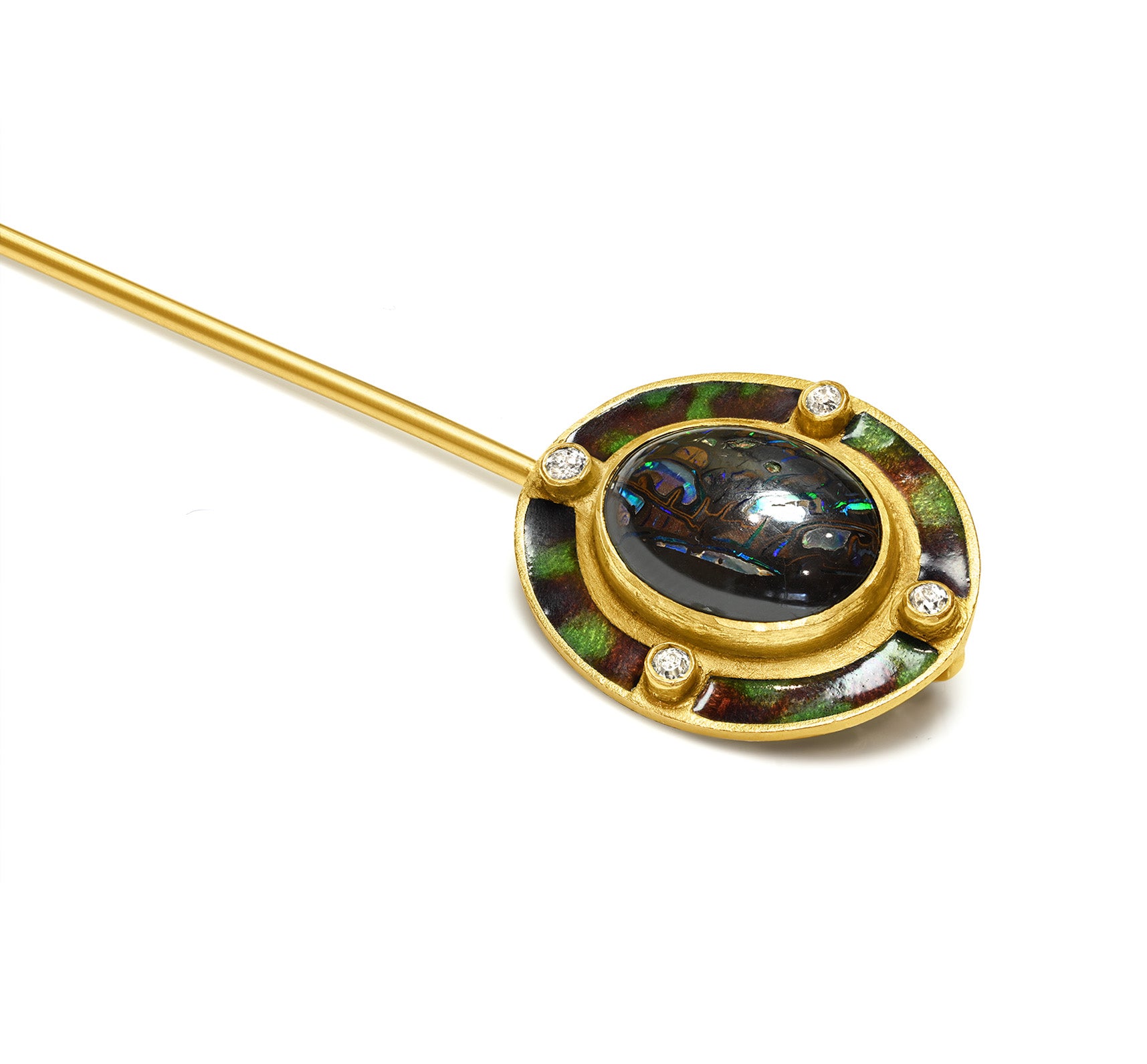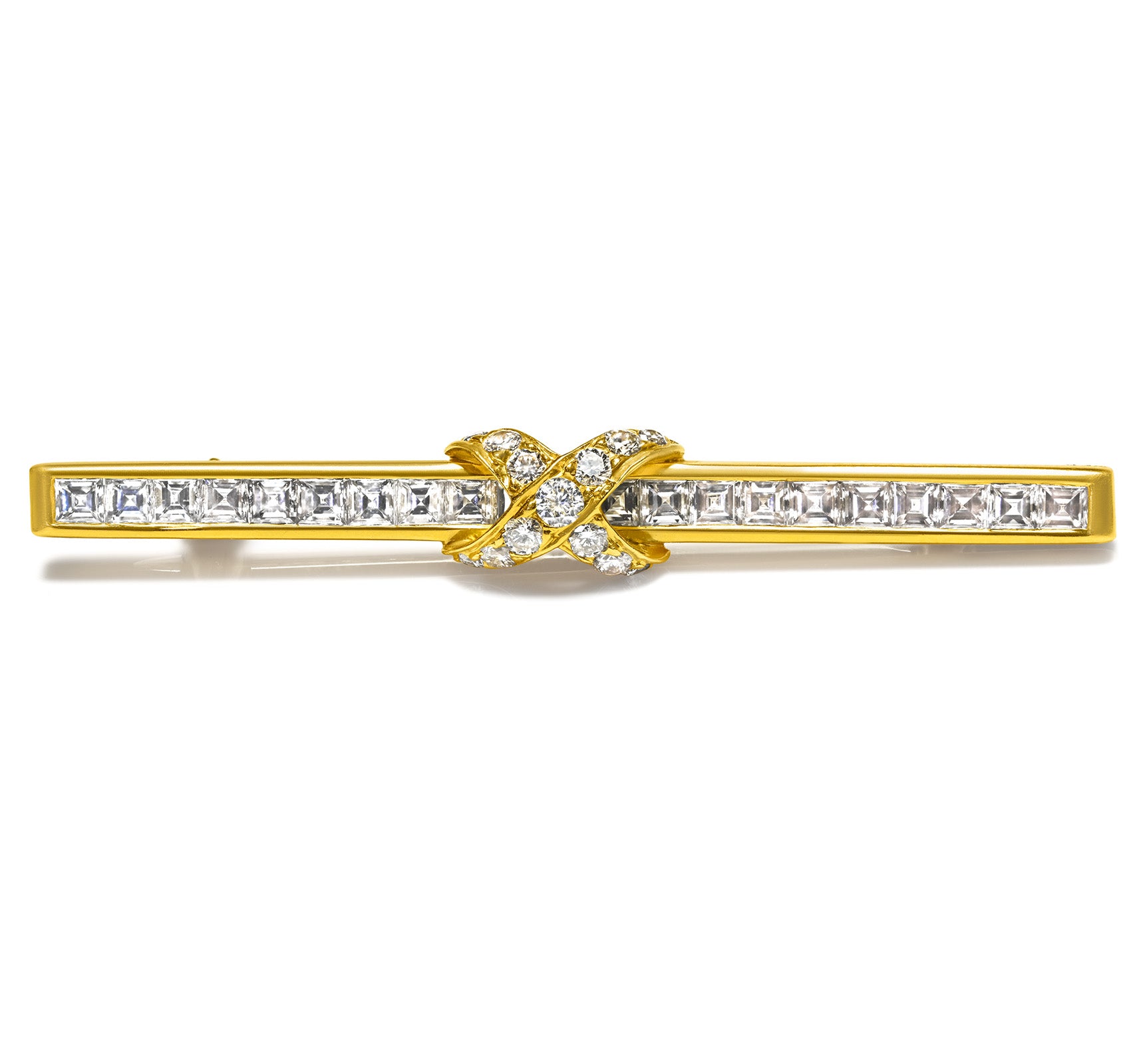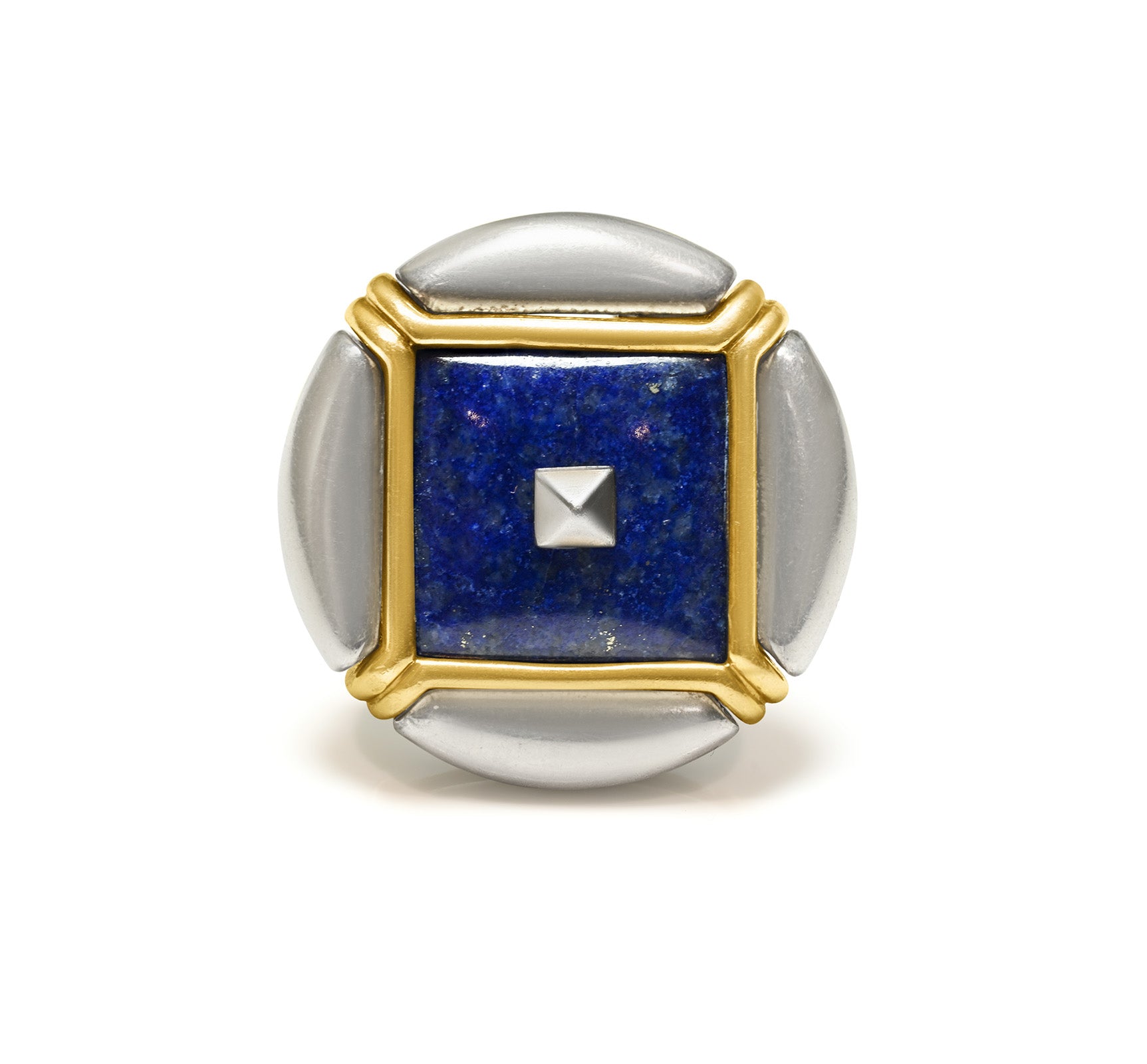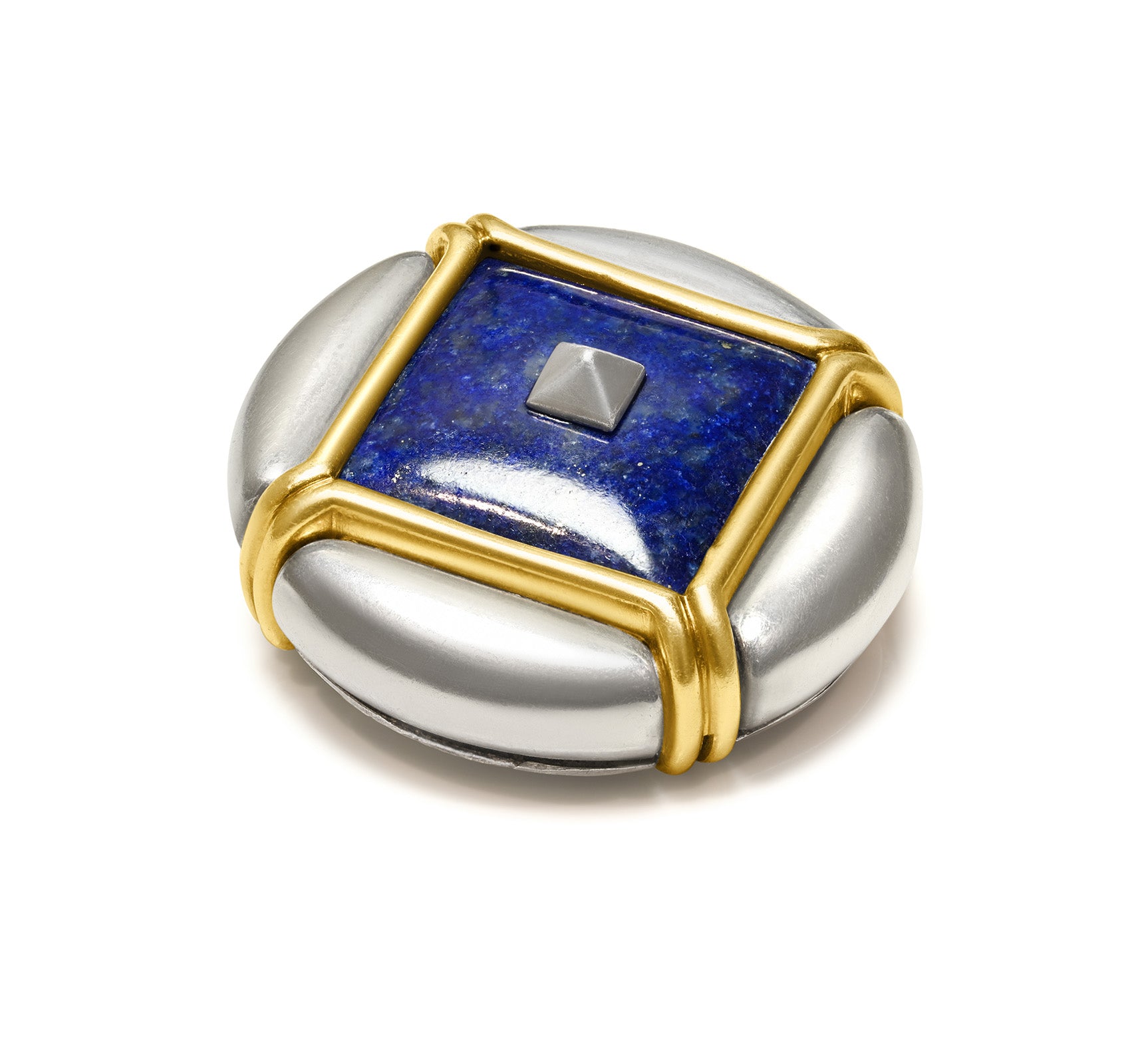
The Ancient Dogon Civilization: Jewelry Inspired by Stars
At DSF Antique Jewelry, we often delve into the history of fine jewels, tracing how different civilizations have infused their creations with meaning, artistry, and spiritual depth. Jewelry is never just ornament—it is a language through which cultures express identity, belief, and their connection to the greater mysteries of existence.
The ancient Dogon civilization hides many secrets that have intrigued researchers around the world.
Located mainly in Mali, the Dogon people have a rich cultural heritage, known for their religious traditions, dances, carvings, jewelry-making, and wooden masks.
Among the most fascinating aspects of Dogon culture is their mastery of metalworking, which includes the creation of symbolic jewelry that reflects their cosmic beliefs and profound connection to the universe.
Their knowledge of astronomy, which they claim to have received from mythical beings called "Nommos", has astounded scholars and raised a number of questions about this ancient civilization.
This cosmic connection is also reflected in their intricate jewelry designs, where symbols of the stars and celestial bodies are often integrated.
The Fascinating Dogon Civilization
Some of the oldest textile fragments in West Africa have been discovered in Dogon territory, and researchers have shown great interest in the tribe.
While there is no denying that the Dogon people have a fascinating history, some believe that their religion holds more than conventional spiritual views. They believe the Dogon people have proof of the existence of aliens.
From Dogon oral traditions we learn that an alien race from the Sirius system, called Nommos, visited Earth thousands of years ago.
They were ugly, amphibious beings, often compared to mermaids, snakes, lizards, or chameleons. They were also described as fish capable of walking on land.
They stood on their tails and were also called "Water Spirits". Their skin was usually green, but, like the chameleon, it sometimes changed color.
The Mythical Nommos Alien Beings
According to legends, the sky god Amma was the one who created this alien life form. The Nommos lived on a planet in the Sirius system, and their landing on Earth in an "ark" was accompanied by great noise and wind.
These beings also appear in Babylonian culture as Annedoti, as well as in some Sumerian, and Accadian myths. The Egyptian goddess Isis is sometimes described as a mermaid and is also related to the star Sirius.
In the Dogon culture, their deep connection to the stars also manifested in their material culture, including their jewelry. Many pieces were adorned with cosmic symbols, reflecting their advanced astronomical knowledge.
In a book called "The Sirius Mystery", author Robert K.G. Temple claims that the Dogon people have an inexplicably sophisticated knowledge of astronomy, especially about Sirius. Robert Temple argues that the Nommos myths contain revelations that predate modern astronomical discoveries.
According to Dogon tribal traditions, the Nommos taught the Dogon people about Sirius, including the system's main star, Sirius A, as well as Sirius B, a smaller extremely heavy star orbiting Sirius A, with a 50-year elliptical orbit around it. Interestingly, Sirius B could not have been visible with the technology the Dogon people had.
This legend attracted the interest of French anthropologists Marcel Griaule and Dieterlen Germain, who learned it from four Dogon priests in the 1930s.
Interestingly, the information is completely true. How did the Dogon people who had no astronomical devices come to know so much about an invisible star? Sirius B wasn't even photographed until the 1970s.
So How Did They Get This Information?
According to legends, the Nommos also provided the Dogons with some interesting information about our solar system. They knew about Saturn's rings, that Jupiter has four major moons, and that the planets orbit the Sun. All these facts were only discovered by Westerners after Galileo invented the telescope.
Skeptics argue that this modern knowledge about Sirius must have come from Westerners, who discussed astronomy with Dogon priests. The priests would then have incorporated this new information into older traditions, and this in turn would mislead anthropologists.
This could be a possibility, given that the existence of Sirius B was suspected as early as 1844 and was seen through a telescope in 1862.
But it does not seem to explain a 400-year-old artifact of Dogon civilization that apparently describes the configuration of Sirius, nor the ceremonies organized by the Dogon people as early as the 13th century to celebrate the cycle of the stars Sirius A and Sirius B. Nor does it explain how the Dogon knew about the super-density of the star Sirius B, a fact discovered only a few years before anthropologists recorded the Dogon legends.
Sirius A is the brightest star in the sky and can easily be seen during the winter months in the northern hemisphere. Sirius is only 8.6 light-years from Earth. Astronomer W. Bessel was the first to assume that Sirius had an invisible companion star when he observed the star's path. In the 1920s, Sirius B, Sirius' companion, was determined to be a "white dwarf" star.
White dwarf stars are small, dense, dimly burning stars. In fact, Sirius B is smaller than Earth, but a teaspoon of matter on Sirius B is so dense that it weighs 5 tonnes.
So, did amphibious aliens called Nommos really came to visit Earth in the past and share their knowledge of astronomy with the Dogon people? Or was Dogon culture contaminated by Western visitors?
Or was it that the Dogon people possessed ancient technical or non-technical means by which they discovered this information? Or is it all just a mere "coincidence"?
Cosmic Craftsmanship: The Celestial Influence on Dogon Jewelry
Jewelry as a Reflection of the Cosmos The Dogon people, renowned for their cosmic knowledge, also expressed this celestial connection in their jewelry.
Pieces of Dogon jewelry were often created from materials like copper, bronze, and silver, intricately designed with patterns symbolizing the stars, suns, and moons that dominated their mythology.
These symbols weren’t merely decorative—they served as spiritual protectors, believed to bring wisdom and strength to those who wore them.
As metalworkers, the Dogon artisans passed down their skills through generations, crafting amulets, bracelets, and necklaces that embodied their understanding of the universe.
These items, particularly their amulets, were considered highly valuable not only for their craftsmanship but also for their connection to the Nommos and the Dogon people's celestial origins.
Today, these pieces are admired both for their beauty and their historical significance, representing an enduring link to the Dogon’s mystical heritage.


